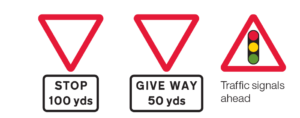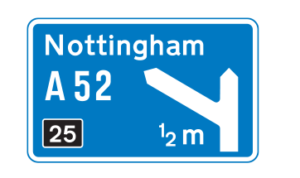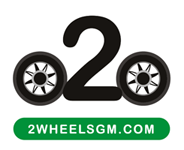Spring often sees new riders take to the roads for the first time on a moped, scooter or motorbike.
If that’s you, welcome to the motorcycling community; we’re sure you’ll love the freedom and fun that riding a powered bike can bring.
But there’s a lot to learn and get to grips with, so here at Two Wheels Greater Manchester we’re starting a new series of articles to help new riders understand what’s involved, what they need to know and what to do next. We’re here to help newcomers get the most from their bikes while staying safe.
Get the theory right
Before starting riding it’s important to understand the rules of the road. The best place to find out everything that riders need to know is to buy a copy of the Highway Code. This cheap little book is a lifesaver; every page is full of key information riders must know, as it takes us through what we can do, what we can’t, and how the traffic signs keep us safe.
Grab a copy and look through the pages - how much did you know already?
Do you know your traffic signs?
It’s easy for anyone who has never driven or ridden on the roads before to take road signs for granted. But they’re not there as street ornaments; they are important guides as to where to ride, how fast, where not to go and what potential hazards are approaching.
Different shapes, different styles
The first thing to spot about road signs is that they are all different shapes and colours.
That’s not a fluke; each shape and colour carries a specific meaning.

CIRCLES give orders; they must be obeyed.

TRIANGLES give warnings; they are there to keep motorists safe.

RECTANGLES offer information; they are there to make the ride go smoother.

RED CIRCLES are orders that must be obeyed by all road users. They are also known as REGULATORY signs.
They could be speed limits, no entry warnings, or telling motorists that certain actions are prohibited, such as U-turns.

There are two important exceptions. RED OCTAGONAL signs are also orders but their different shape helps them stand out. For example, the STOP sign at a junction is octagonal.
Similarly, the GIVE WAY sign is an inverted triangle.

RED TRIANGLES are warning signs. They tell us that we are approaching junctions, roundabouts, a sharp bend in the road or a traffic signals are ahead.
![]()
BLUE CIRCLES give mandatory information, such as turn left, proceed in direction indicated by arrow or keep left. They can also be used to indicate a route open only to certain classes of vehicle, such as buses.

BLUE RECTANGLES are used for information, such as direction maps when approaching roundabouts to show which exit to take. One important one is to indicate One-Way traffic.
On motorways they are also used for direction signs.

GREEN rectangles are used for directions on primary (main) routes.
WHITE rectangles are used for directions on non-primary routes. These could be advice such as, on a narrow road, that oncoming vehicles could be in the middle of the road, or telling you it is a single track road. They also indicate speed cameras or average speed check zones.
Once you’ve been riding for a while the advice and orders traffic signs give us become second nature, but to start with they can be confusing. Learn the basics, and get a copy of the Highway Code for more information before you hit the road.
Next article: New to motorcycling? Let’s get ready! Documents and CBT
